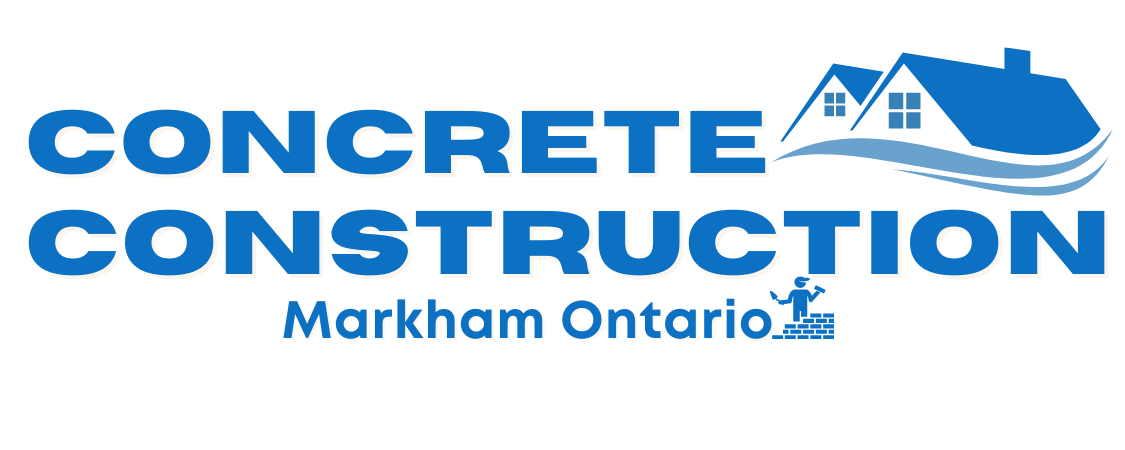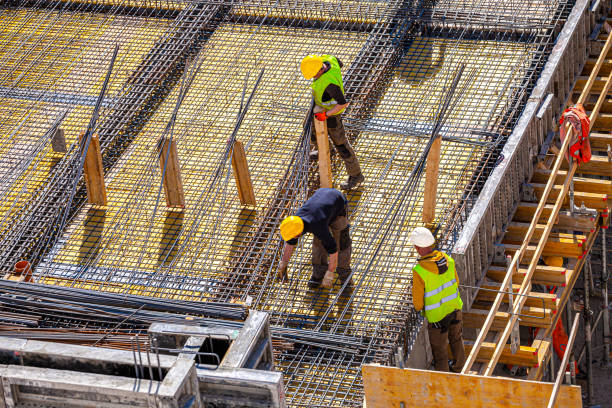Are you looking to add a touch of elegance and creativity to your outdoor space? Look no further than stamped concrete designs. This article will explore the artistry behind this innovative technique and how it can transform your driveway, patio, or walkway into a work of art.
When it comes to stamped concrete designs, the possibilities are endless. Using specialized tools and techniques, concrete can be transformed into a wide range of patterns and textures that mimic the look of natural materials such as brick, stone, or wood. Whether you prefer the rustic charm of cobblestone or the sleek sophistication of slate, stamped concrete designs can replicate these looks with stunning accuracy. Not only does this allow you to achieve the aesthetic you desire, but it also provides a cost-effective alternative to using actual materials without compromising on quality or durability. So, if you’re ready to explore the world of stamped concrete designs and elevate the appearance of your outdoor space, read on to discover the endless possibilities that await you.
The Process of Stamped Concrete Design
Now, let’s delve into the mesmerizing process of creating breathtaking stamped concrete designs that will leave you in awe. When it comes to stamped concrete, the process begins with the preparation of the area where the design will be applied. This involves cleaning and leveling the surface, ensuring it is free from debris or unevenness. A release agent is applied once the surface is ready to prevent the stamps from sticking to the concrete.
After the preparations are complete, the fun part begins – the stamping process! Various stamps with different patterns and textures are pressed into the wet concrete, creating the desired design. These stamps are made of flexible polyurethane or rubber, allowing for intricate patterns and detailed textures to be imprinted on the surface. The stamps are carefully placed and pressed uniformly to ensure a seamless and realistic appearance.
Once the stamping is done, the concrete needs to cure and dry. This process can take a few days, depending on the weather conditions. During this time, it is important to protect the surface from any foot traffic or heavy objects that could damage the design. After the concrete has fully cured, a sealer is applied to enhance the colors and protect the surface from stains and wear.
Creating stamped concrete designs is a fascinating journey from preparation to finished product. It requires skill, attention to detail, and a creative eye to bring the desired design to life. Whether it’s a realistic stone texture or an intricate geometric pattern, stamped concrete designs can transform any space into a work of art. So next time you come across a stunning stamped concrete design, take a moment to appreciate the craftsmanship and artistry that went into creating it.
Creating Realistic Patterns and Textures
Skilled artisans use various techniques and tools to achieve lifelike patterns and textures in stamped concrete. One popular method is called texturing mats, which are rubber mats imprinted with natural textures like stone, brick, or wood. These mats are carefully placed onto the wet concrete and pressed down to create realistic impressions. By using different mats and arranging them in different ways, artisans can create intricate patterns that mimic the look of natural materials.
Another technique that artisans use is called hand-troweling. This involves using a trowel to create smooth and textured surfaces on the concrete. Artisans can skillfully manipulate the trowel to create a wide range of textures, from rough and rustic to sleek and polished. This technique is often used to create the appearance of natural stone or tile, with each individual piece carefully crafted and arranged to create a cohesive design.
In addition to mats and hand-troweling, artisans also use various coloring techniques to enhance the realism of stamped concrete designs. They can add color directly to the concrete mix or apply stains and dyes after the concrete has cured. Artisans can create depth and dimension in the stamped concrete by layering different colors and using shading techniques, making it appear even more like natural materials. Combining these techniques and tools allows skilled artisans to create stunning and realistic patterns and textures in stamped concrete designs.
Benefits of Stamped Concrete Designs
One of the great advantages of stamped concrete is that it offers a wide range of design options to enhance your outdoor space. With stamped concrete, you can choose from a variety of patterns and textures that can mimic the look of natural materials such as brick, stone, or wood. Whether you prefer a rustic, weathered look or a sleek, modern design, stamped concrete can provide the perfect solution for your outdoor aesthetic.
Another benefit of stamped concrete designs is their durability and longevity. Stamped concrete is made by pouring a mixture of cement, sand, and other additives onto a prepared surface and then using special stamping tools to create the desired pattern or texture. This process creates a solid, seamless surface that is resistant to cracking, fading, and other forms of wear and tear. Unlike traditional materials like wood or pavers, stamped concrete does not require regular maintenance or sealing, making it a cost-effective and hassle-free option for homeowners.
In addition to its aesthetic appeal and durability, stamped concrete is a versatile outdoor design option. Whether you want to create a stunning patio, a beautiful pool deck, or an inviting walkway, stamped concrete can be customized to suit your specific needs and preferences. You can choose from a wide range of colors, patterns, and textures to create a unique and personalized outdoor space that reflects your style and enhances the overall beauty of your home. With the endless possibilities of stamped concrete designs, you can truly transform your outdoor space into a work of art.

